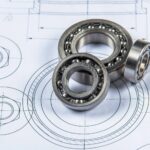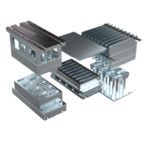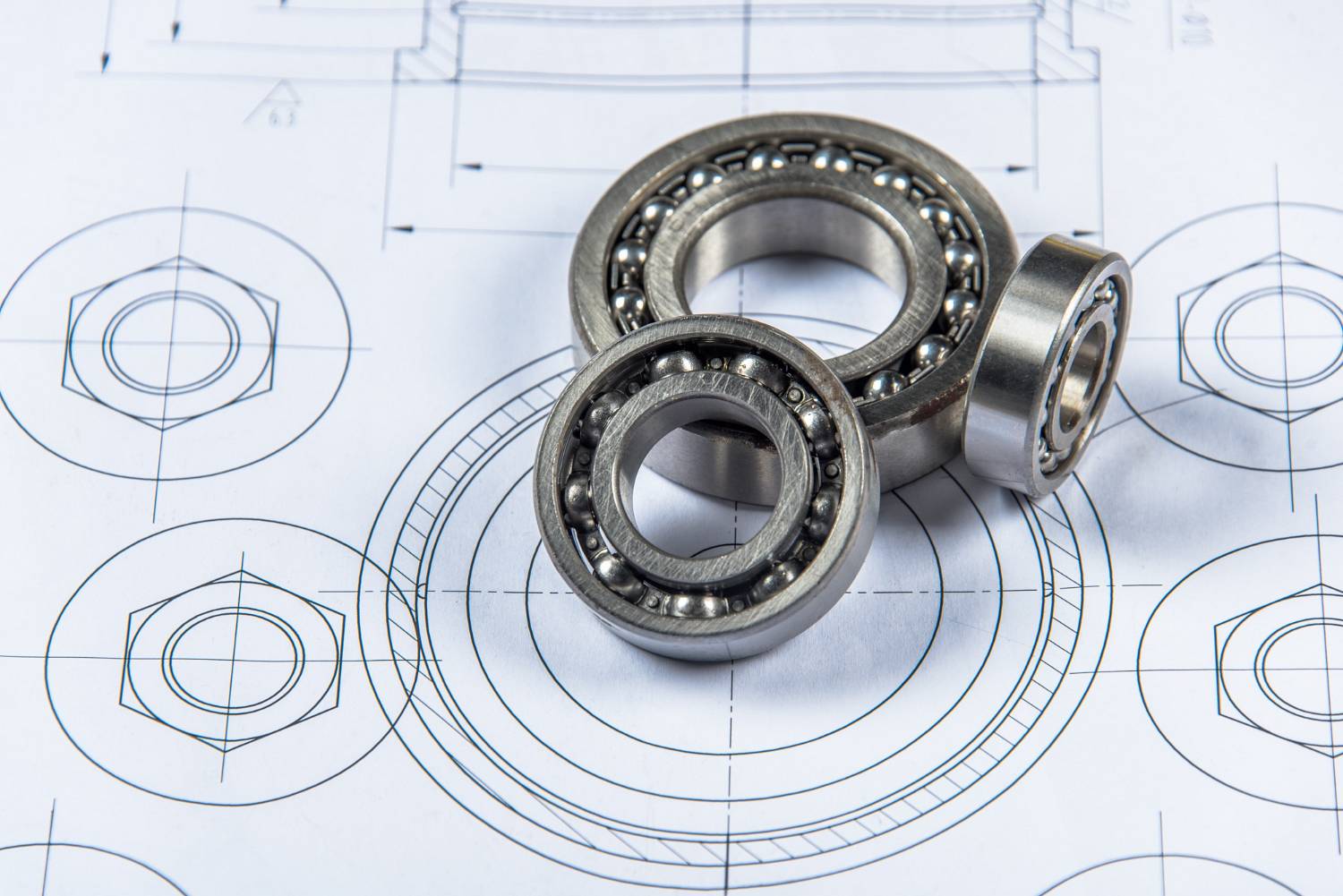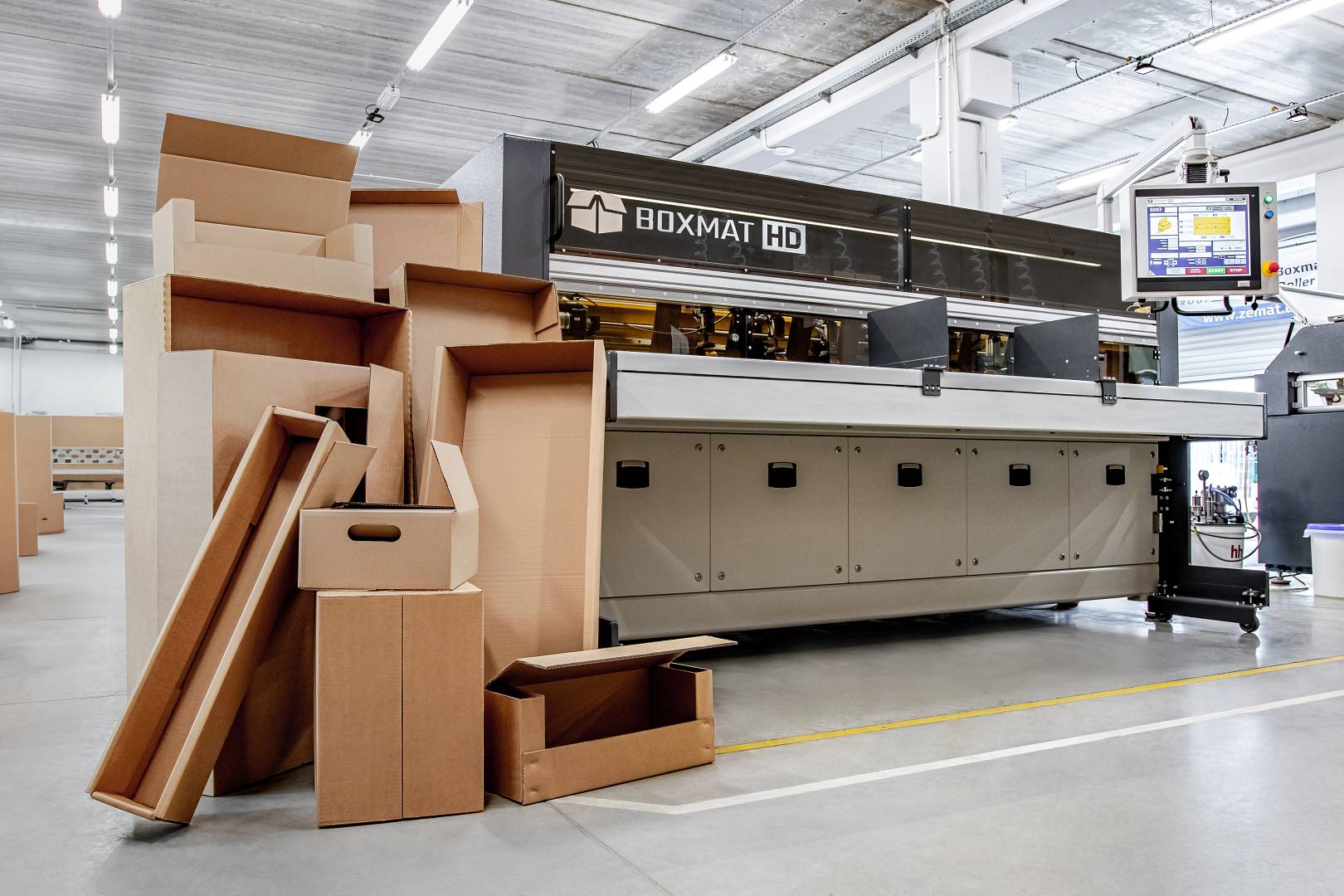Ball bearings are indispensable components for the operation of modern machinery. These elements enable smooth and efficient movement of various mechanical parts, minimizing friction and component wear. Their main function is to support loads and facilitate rotation between parts, making them essential for the performance of industrial and commercial equipment.
The correct selection and proper maintenance of bearings are crucial to ensure efficiency and machine longevity. Low-quality or poorly applied bearings can lead to unexpected failures, resulting in unplanned downtime and financial losses. Conversely, investing in high-performance bearings provides cost savings, increased productivity, and reduced need for replacements.
Ball bearings are indispensable components for the operation of modern machinery. These elements enable smooth and efficient movement of various mechanical parts, minimizing friction and component wear. Their main function is to support loads and facilitate rotation between parts, making them essential for the performance of industrial and commercial equipment.
The correct selection and proper maintenance of bearings are crucial to ensure efficiency and machine longevity. Low-quality or poorly applied bearings can lead to unexpected failures, resulting in unplanned downtime and financial losses. Conversely, investing in high-performance bearings provides cost savings, increased productivity, and reduced need for replacements.
History and Evolution of Bearings
Early Origins and Primitive Development
Since ancient times, humanity has sought ways to reduce friction to facilitate the movement of objects. Ancient civilizations already applied rudimentary concepts similar to bearings. The Egyptians, for example, used cylindrical logs to move large stone blocks, a technique considered a precursor to bearing systems.
Advances in the Middle Ages and Renaissance
During the Middle Ages and Renaissance, more sophisticated mechanisms emerged, with engineers exploring spherical and cylindrical bearings. These advancements were supported by a better understanding of physics and engineering.
Impact of the Industrial Revolution
The major leap occurred during the Industrial Revolution. Bearings began to be applied in steam engines and production lines, enabling greater efficiency, lower friction, and the expansion of mass production. In addition to increasing productivity, they extended machine life, reduced costs, and promoted industrial modernization.
How Bearings Work
Load Distribution and Friction Reduction
The primary function of bearings is to reduce friction between moving surfaces and distribute loads evenly. This ensures lower energy consumption and greater durability of mechanical components.
Types of Bearings
-
Ball bearings: versatile, ideal for high speeds and low friction.
-
Roller bearings: designed to support heavy radial loads.
-
Needle bearings: compact, suitable for limited spaces.
-
Tapered bearings: support combined radial and axial loads with high resistance and precision.
Design Influence on Efficiency
A well-designed bearing reduces noise and vibrations, while improving the machine’s energy efficiency. The proper selection should consider factors such as load, speed, operating conditions, and maintenance requirements.
Advantages of Bearings in Modern Machinery
-
Greater durability: extend machine life by reducing wear.
-
Reduced maintenance: minimize operational interruptions and avoid unplanned downtime.
-
Energy efficiency: by reducing resistance to motion, they save energy and make operations more sustainable.
These benefits make bearings strategic elements in modern engineering, ensuring productivity and return on investment.
Common Applications
-
Automotive Industry: used in engines, transmissions, and wheels, they reduce friction, increase fuel efficiency, and extend vehicle durability.
-
Industrial Machinery: applied in heavy equipment and robotics systems, they support large loads and ensure precise movements.
-
Electronic Devices and Appliances: used in fans, computers, and washing machines, they contribute to quiet and efficient operation.
Choosing the Right Bearing
Key Factors
-
Load capacity: selection must match the weight to be supported.
-
Operating speed: bearings for high speeds must have low resistance to motion.
-
Environmental conditions: temperature, humidity, dust, or chemical exposure require specific materials and sealing solutions.
Quality and Manufacturing Precision
High-quality bearings reduce vibration, noise, and maintenance costs. Precision manufacturing ensures reliable performance and longer service life.
Technological Innovations
New materials, such as ceramics and advanced polymers, offer higher resistance, lower weight, and better performance. In addition, innovative designs optimize load distribution and lubrication, resulting in more efficient and durable bearings.
Conclusion
Bearings are essential components for the operation of modern machines. By reducing friction, they support loads, extend equipment lifespan, and improve energy efficiency.
With applications ranging from the automotive industry to household appliances, their importance is unquestionable. Proper selection, combined with high-quality materials and appropriate maintenance, ensures cost savings, higher productivity, and more sustainable industrial operations.
Investing in high-quality bearings means investing in efficiency, reliability, and the future of modern machinery.











